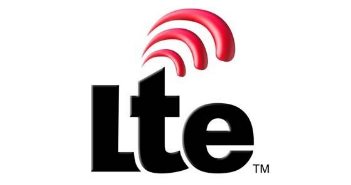LTE reached 245 million global connections during the first quarter of 2014, more than doubling in a 12-month period, according to the latest numbers from Informa Telecoms & Media and 4G Americas.
North American LTE subscriptions continued to dominate the LTE market, accounting for 115 million of the total, or 47%. However, those 115 million connections only accounted for 30% of the 387 million total mobile subscriptions in North America at the end of the first quarter. And despite its rapid growth, LTE’s total global subscribers only make up 4% of cellular connections worldwide, according to 4G Americas.
LTE has been deployed in 294 networks in 106 countries around the world, and there are more than 1,500 LTE commercial devices available in 154 countries, according to the Global Mobile Suppliers Association’s most recent figures.
“The rapid adoption of LTE, with worldwide connections more than doubling year-over-year … has been driven by smartphones,” said Kristin Paulin, senior analyst with Informa Telecoms & Media. “It takes an efficient network like LTE to handle the increase in mobile data traffic from smartphones.”
The Asia-Pacific region had 39% of LTE market share as of the end of the first quarter, followed by Western Europe with 10%.
The United States and Canada added 14 million LTE subscriptions in the first quarter, across the 47 commercial LTE networks deployed in those countries. Ericsson’s recent mobility report predicts that by 2019, LTE will have 85% of the market in North America.
In Latin America, LTE subscriptions remained small in terms of overall numbers, but had a growth rate of 50% year-over-year, from 2 million to 3 million connections. HSPA and HSPA+ continue to dominate in the region, with an additional 19 million subscriptions in the same time frame. However, LTE is predicted to have an annual growth rate of almost 100% for the next five years.
“Latin America realized tremendous growth of LTE in the first quarter of this year,” said Chris Pearson, president of 4G Americas. “Brazil is leading the acquisition of LTE connections in the region, speared by the World Cup and Olympic events that have progressed the deployment of LTE network coverage. The demand for mobile broadband services across the region continues to positively affect the increase in LTE subscriptions.”
LTE is expected to reach 2.3 billion connections by 2020, according to Informa.
Meanwhile, the GSA also recently confirmed that HD Voice service using Adapative Multi-Rate Wideband technology has now been launched by 109 mobile operators in 73 countries, with 17 new launches thus far in 2014. That’s an increase of 36% from one year ago. Most of the HD Voice service is coming via HSPA networks (100 of the total).
Alan Hadden, president of the GSA, noted that seven of those 14 new HD Voice deployments have come in the past month, and four of those relied on VoLTE. Eight LTE networks in the world have deployed HD Voice using VoLTE.
VoLTE continues to gain momentum, although there remain significant technical challenges that the industry is still grappling with. The GSA said that more than 60 operators are investing in VoLTE, and there have been eight commercial deployments in Hong Kong, Singapore, South Korea, and the United States, with more imminent, including in Japan.


